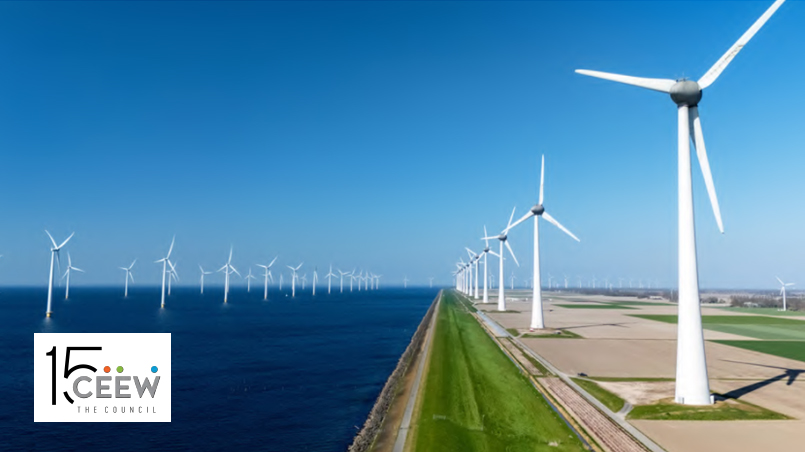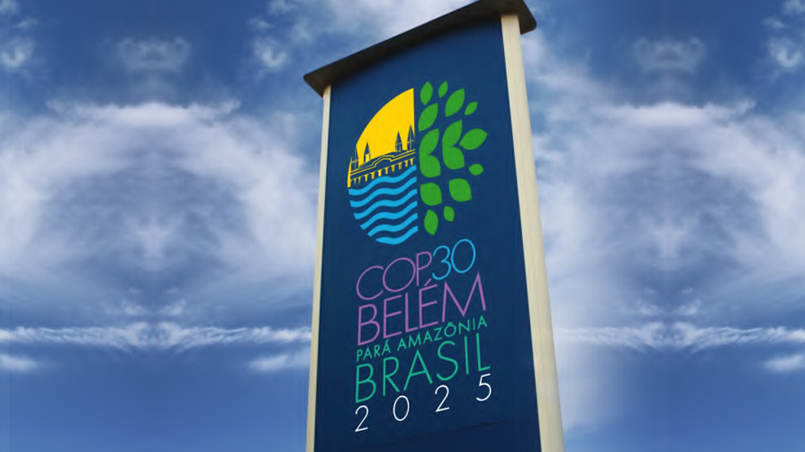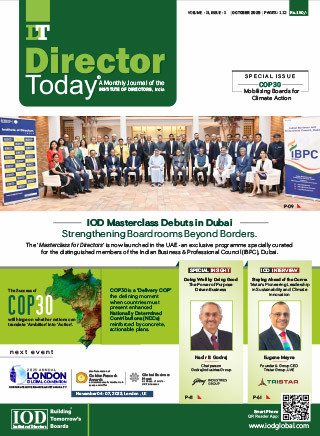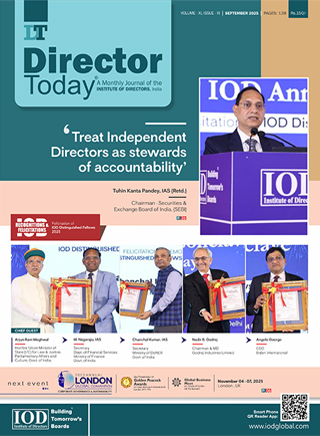IOD Special Talk - Biodiversity and Climate Change

Critical Links for Shared Prosperity and a Livable Planet
Good Afternoon.
I want to thank IOD for giving me the opportunity to chair this session. Since this morning, we have been discussing the intensity, severity, and urgency of climate issues.
Let me start by speaking about the institute I represent, the World Bank. As many of you may know, it is a development bank that supports governments in various countries with poverty eradication, social welfare, and developmental projects. India is one of our largest clients.
In India, we lend about 3 to 4 billion dollars a year for various developmental sectors, including energy, transport, health, agriculture, environment, and water. We have a robust mechanism in place known as the Environmental and Social Framework (ESF). Every loan that the Bank provides must comply with our 10 environmental and social standards. In some sense, ESG forms the cornerstone of the lending we carry out in India.
Biodiversity and climate change are inextricably linked. Although this connection is not widely discussed, many adaptation solutions to climate change will come from biodiversity.
Last year, when we got our new President, Mr. Ajay Banga, former CEO of MasterCard, he introduced a new vision: “Eradicating poverty and boosting shared prosperity on a livable planet.” The "livable planet" aspect aligns very well with the theme of this conference.
We have heard a lot in the morning sessions, but I would like to highlight another aspect of ESG that centers on biodiversity. Biodiversity and climate change are inextricably linked. For instance, deforestation leads to increased greenhouse gases, which intensifies climate change. Similarly, rising temperatures affect species composition, migration patterns, and crop productivity. Both are interconnected, and biodiversity is crucial.
Last year, the World Economic Forum reported that industries and businesses contributing 40% to the global economy equal to $44 trillion are directly or indirectly dependent on natural resources and biodiversity. With the growing wellness market worldwide, it is vital to address biodiversity and climate change together. Although this connection is not widely discussed, many adaptation solutions to climate change will come from biodiversity. For example, developing crops that can withstand flooding, saltier soils, or higher temperatures. We see it in the local livestock breeds in our country. By not addressing the issue, we are in some way compromising on our future ability to adapt.
Given my background as an ecologist and my experience supporting biodiversity work in India, I wanted to emphasize this connection.
Now, let's move to the session.
Author

Mr. Anupam Joshi
Senior Environmental Specialist, World Bank
Owned by: Institute of Directors, India
Disclaimer: The opinions expressed in the articles/ stories are the personal opinions of the author. IOD/ Editor is not responsible for the accuracy, completeness, suitability, or validity of any information in those articles. The information, facts or opinions expressed in the articles/ speeches do not reflect the views of IOD/ Editor and IOD/ Editor does not assume any responsibility or liability for the same.

 Quick Links
Quick Links
 Connect us
Connect us




 Back to Home
Back to Home































